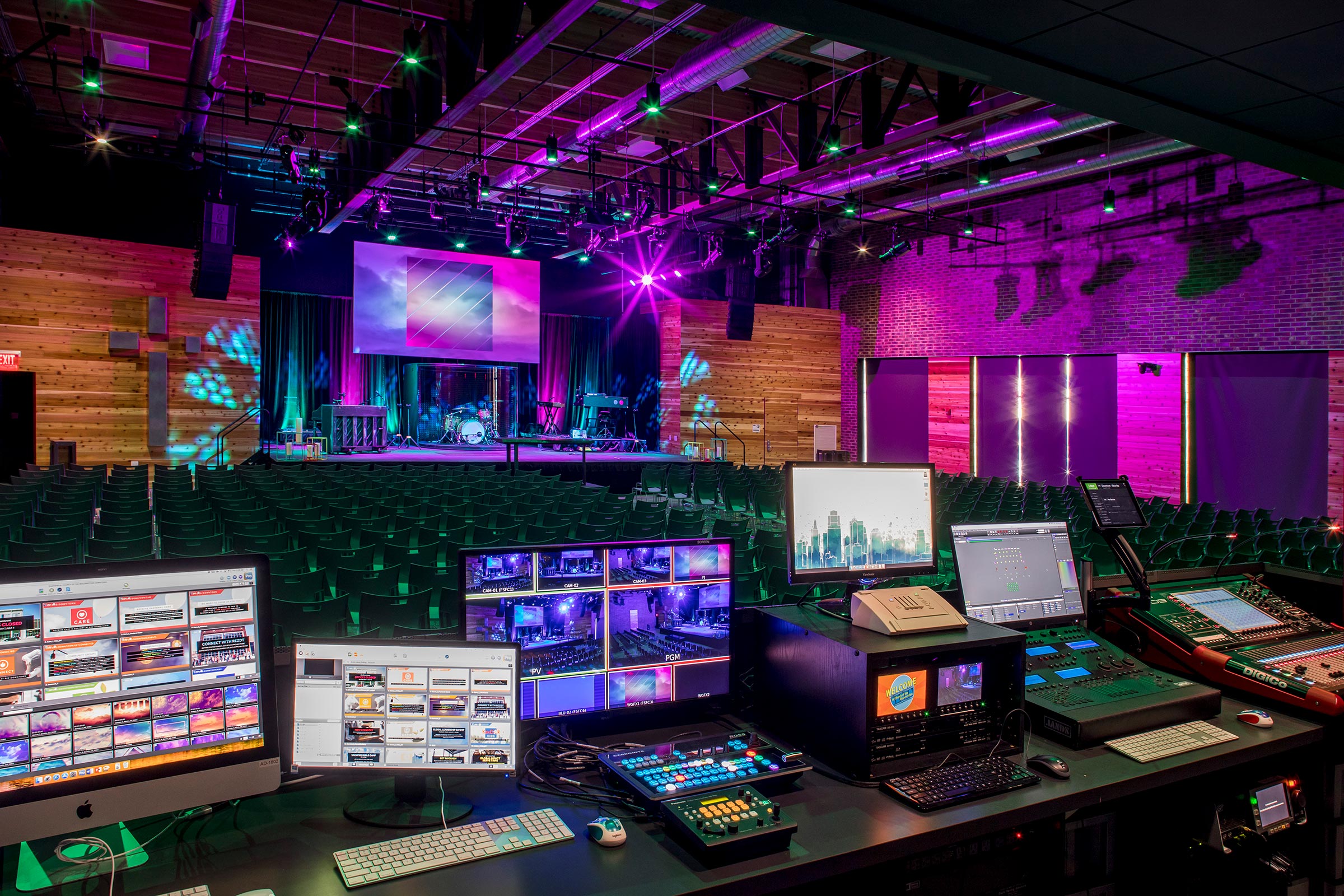Crowd oversight is an vital element of organizing and executing activities where substantial crowds of people meet. Whether a live event, recreational game, or celebration, ensuring the welfare and satisfaction of attendees is crucial. Effective plans can help event coordinators create a secure environment while also enhancing the overall experience for guests. This article will review strategic approaches to achieve well-managed crowd management.

To begin with, comprehensive planning is fundamental for successful crowd management. Event managers should evaluate the venue size and configuration to determine how many attendees can appropriately fit in the space. This involves accounting for safety regulations, emergency exits, and mobility considerations. Creating a clear plan that includes crowd control steps, such as rails and specified routes, allows for better movement throughout the event. Additionally, having a organized schedule helps direct the flow of people, reducing congestion during crowded intervals.
Information exchange plays a important role in keeping everyone updated and out of harm’s way during an event. Coordinators should ensure that easily understood signage is present throughout the location, pointing attendees to emergency exits, washrooms, and medical tents. Event staff should be easily identifiable and equipped to aid guests with inquiries or matters. Using technology, like apps or SMS notifications, can also strengthen communication by providing real-time updates about any modifications or critical events. When guests feel informed, they are more likely to have a positive experience their stay.
Another important tactic involves crowd oversight and control. Event team members should be deployed optimally throughout the venue to monitor crowd get redirected here dynamics and address quickly to any problems. Utilizing safety officers can help reduce potential problems and preserve a calm atmosphere. Additionally, implementing crowd management devices like surveillance recording equipment can provide valuable information into attendee patterns and safety hazards. By being forward-thinking rather than after-the-fact, organizers can address situations before they escalate.
Crisis readiness is another vital component of optimal crowd management. Hosts must have a structured plan in place find out this here for various emergencies, such as health emergencies or extreme weather. This includes educating staff on safety measures and performing rehearsals prior to the event. Marking key points for emergency care and ensuring that first responder equipment are readily available can prevent fatalities during unexpected situations. Having an open communication line with emergency services further improves safety.
Lastly, collecting responses from participants after the event can provide useful information for future improvements. Surveys can help organizers understand what was successful and what elements need improvement regarding crowd management. Taking into account guests’ feedback allows for ongoing improvement and adjustment in planning future events. By prioritizing safety while also supporting enjoyment, coordinators set the stage for well-run gatherings that leave positive beneficial memories for all attendees.